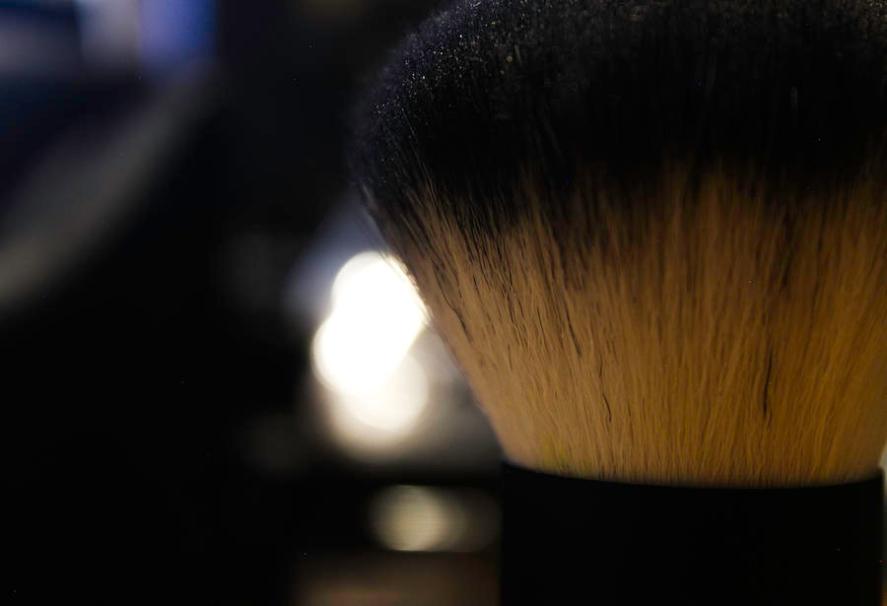I’ve noticed that there are two completely different ways of
thinking for people who sleep through the night and people who don’t. I’ve
noticed it a lot over the years, but most recently it struck me when I was
reading
this article about
morning routines (which I was led to on
this very excellent
blog).
It’s good advice, but WOW! This is written by someone who “sleeps”
very differently to me. It’s a 24 minute routine, consisting of 6 steps, to set
you up for a great and productive day. What really struck me were steps 1 and 2,
in combination. Step one is to brush your teeth because saliva production
reduces while you sleep and that lets bacteria grow wildly in your mouth. Then
step two it to drink water.
That’s all good stuff, but the author notes that he prefers
to drink water after the mouth cleaning
because he doesn’t like the idea of pushing all that bacteria through his
system. And that’s where things get a little silly for me.
Not that I disagree with the ick factor, but that it implies
that you haven’t been sitting up and drinking water throughout the night! I
keep a glass of water on my nightstand, and it’s not unusual for me to drink
the entire glass, sometimes two or three glasses, between the time I go to bed
and the time I get up in the morning.
I get up and do other things, too. I have to get up to pee
several times most nights, even on the nights that I don’t drink much of the
glass of water. Sometimes I need a snack. And I’ve learned that it’s better to
go ahead and have that snack than to lay in bed unable to sleep for hours due
to the anxiety brought on by low blood sugar.
In fact, I read that keeping a bit of cheese on your
nightstand so you can roll over and eat it before you’re totally awake, can help
you get right back to sleep and possibly avoid long bouts of sleeplessness. So
of course I tried it, and it really did help, but it’s a bit complicated when
you sleep with cats and/or dogs.
Another thing that boggles my mind is the bedtime routine. First
of all, the very idea of a bedtime is absolutely ridiculous to someone like me.
Second, performing a set of tasks immediately before trying to sleep is the
most counterproductive thing I’ve ever heard of!
Why? Because I have to slip into sleep, trick myself into
sleep, or just fucking pass out! My best chance is reading myself to sleep, and
even that can take hours if I’m not sleepy to begin with.
Here’s how it works. I do whatever I’m doing, whether it’s
email, blogging, or (rarely) watching TV, until I feel myself getting sleepy.
Then I move myself to the bedroom with as little activity as possible, so as
not to wake myself up any more than absolutely necessary. I slide into the bed,
and read until I start dozing off. At that point, if I’m lucky, I turn off my
book and slide it under my pillow without waking myself up so much that I can’t
keep drifting off. If I’m not lucky I have to get up and go pee, then read some
more until I start drifting off again.
No matter how exhausted I am, the entire process of going to
sleep can take hours. And then the actual sleeping part may not last very long
before I wake up and have to start the process over again.
At least I’ve figured out one thing. If I want to implement
a “bedtime routine” I have to shift my thinking and call it an “evening routine”.
Something to be done and completed long before I start the process of actually
getting into bedtime mode.

